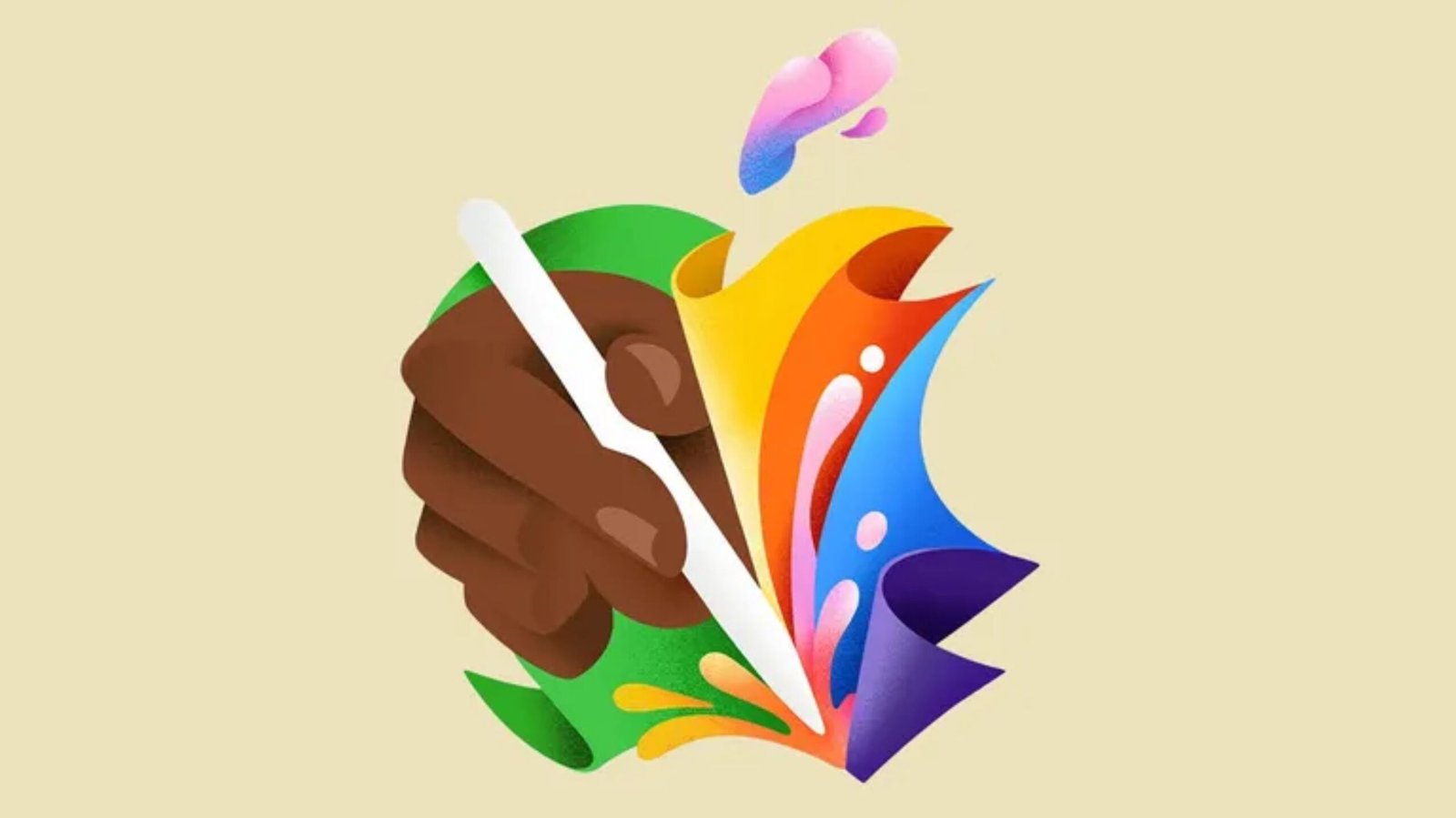In today’s digital age, distinguishing between fact and fiction online is more challenging than ever, especially when it comes to images and information we encounter. However, several tools and strategies have been developed to help internet users verify the authenticity of images and sources, ensuring they can navigate the web more confidently. Here’s a comprehensive look at four effective methods to fact-check and authenticate images online.
Google’s “About this image” Feature: Google has introduced a feature called “About this image” that allows users to check the credibility and context of images they find online. This tool provides users with an image’s history, showing when it was first seen by Google Search and its prior appearances on the web, which is particularly useful for identifying images taken out of context. Additionally, it offers insights into how other sites use and describe the image, including what news and fact-checking sites say about it, and reveals any available metadata, including AI-generated image indicators.
Reverse Image Search Tools: These tools have become indispensable in verifying the originality of online images and videos. Google Reverse Image Search, TinEye, and Yandex are among the popular services that enable users to see if content has been duplicated or manipulated. By uploading an image or entering its URL into these platforms, users can discover where else it has appeared on the internet, helping to identify instances of misuse or misattribution.
Verification Plugins and Tools: The InVID plugin and Amnesty International’s YouTube DataViewer are examples of specialized tools designed to help debunk misinformation by analyzing videos and images. InVID, for example, provides functionalities to analyze the location and time of YouTube and Facebook videos, along with Twitter video search, reverse image search, and metadata summaries. Amnesty International’s tool captures thumbnail images of YouTube videos to facilitate reverse image searches, enabling users to check if parts of a video have been previously uploaded.
Educational Resources and Training: For those looking to deepen their fact-checking skills, organizations like the Global Investigative Journalism Network (GIJN) and FactCheckHub offer resources and tutorials. These include comprehensive guides on fact-checking investigative stories, techniques for verifying images on smartphones, and a list of verification and digital investigations resources maintained by experts in the field. Training materials, such as the AFP Fact Check Training video series, cover misinformation, verification, and geolocation, providing users with a structured approach to distinguishing fact from fiction online.
With misinformation rampant online, it’s crucial to utilize these tools and strategies to fact-check and authenticate images. Whether you’re a journalist, researcher, or everyday internet user, these methods empower you to critically evaluate the information you come across, ensuring that you can make informed decisions and contribute to a more truthful online environment.
























Add Comment